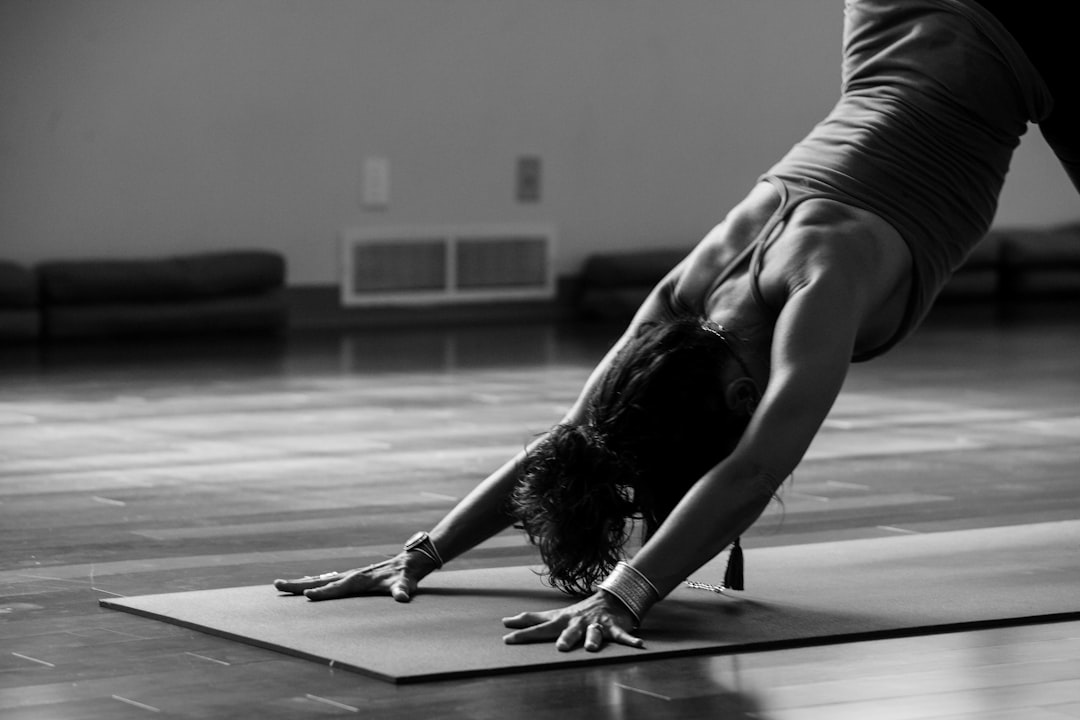Water damage is one of the most common issues faced by homeowners and property managers alike. It can lead to mold growth, structural damage, and costly repairs. One of the most effective ways to prevent these problems is through wall waterproofing. This article explores the importance of wall waterproofing, the different techniques available, and the benefits it brings to your property.
### Understanding Wall Waterproofing
Wall waterproofing is the process of making walls resistant to water penetration. This is particularly important in areas that are prone to heavy rainfall, flooding, or high humidity. By applying waterproofing solutions, you can protect your walls from moisture damage, which can compromise the integrity of the building and lead to health issues due to mold and mildew.
### Techniques for Wall Waterproofing
There are several techniques and materials used for wall waterproofing, each suitable for different types of walls and environmental conditions. Here are some of the most common methods:
1. **Liquid Membrane Application**: This method involves applying a liquid waterproofing membrane to the surface of the walls. The liquid forms a seamless barrier that prevents water from seeping through. This technique is particularly effective for both interior and exterior walls and is often used in basements and foundations. For more information on liquid membranes, consider exploring this wall waterproofing option.
2. **Cementitious Waterproofing**: This method uses a cement-based product that is mixed with water and applied directly to the wall surface. It is best suited for concrete and masonry walls. Cementitious waterproofing is easy to apply and provides a durable barrier against water.
3. **Bituminous Coating**: Bituminous coatings are asphalt-based materials that are applied to the exterior of walls. This method is particularly effective for below-grade walls and is often used in conjunction with drainage systems to provide extra protection against water intrusion.
4. **Crystalline Waterproofing**: This innovative technique involves applying a crystalline substance that reacts with water and forms crystals within the concrete. These crystals fill the pores and micro-cracks in the concrete, effectively blocking water pathways. This method is ideal for new constructions and can be used on both horizontal and vertical surfaces.
5. **Damp Proofing**: While not a waterproofing method per se, damp proofing is a preventative measure that involves applying a barrier to walls to stop moisture from entering. This is typically a less intensive solution than full waterproofing and is often used in conjunction with other methods.
### Benefits of Wall Waterproofing
The advantages of wall waterproofing extend beyond just preventing water damage. Here are several key benefits:
– **Prevents Mold and Mildew Growth**: By keeping moisture out, waterproofing helps prevent the conditions that lead to mold and mildew, which can pose health risks to occupants.
– **Enhances Structural Integrity**: Water can weaken the structural components of a building over time. Waterproofing helps maintain the integrity of walls and foundations, extending the life of the building.
– **Increases Property Value**: A well-maintained property with effective waterproofing solutions is more attractive to potential buyers. It reflects good maintenance practices and can lead to higher resale values.
– **Improves Indoor Air Quality**: By preventing moisture buildup, waterproofing contributes to better indoor air quality, making living spaces healthier and more comfortable.
– **Cost Savings**: Investing in wall waterproofing can save money in the long run by reducing the need for costly repairs associated with water damage.
### Conclusion
Wall waterproofing is a crucial aspect of maintaining a healthy and structurally sound property. With various techniques available, property owners can choose the best method that suits their needs and environment. By implementing effective waterproofing solutions, you are not only protecting your investment but also ensuring the safety and comfort of the occupants. For more information on wall waterproofing solutions, consider looking into options like liquid membranes, which provide a reliable barrier against water intrusion.





